In her book Glimpses of Heaven, hospice nurse Trudy Harris describes how she found her patient Frederick crying uncontrollably shortly before he died.
“He proceeded to tell me that Jesus Himself had come into his bedroom, here at the hospice center,” she said. “He said Jesus’s presence had filled the room with the most incredible sense of compassion, beauty and forgiveness he had ever seen. He spoke of the love and tenderness he saw clearly reflected in His eyes, and the awareness he felt of being loved deeply, just for himself.”
“If I saw Jesus like you did, would I cry too?” she asked him.
“Oh, yes,” he replied.
“Why would I cry?”
“Because He is so beautiful,” he said. “And because He loves us so much and forgives all of our sins.”
Beyond what We Can See or Expect
Deathbed visions, where a person gets a peek into the next world as they are about to die, are incredibly common, with tens of thousands of cases investigated by experts. I explore these experiences in my new book Seeing the Supernatural as one of several examples of evidence that there’s more to reality than what we can see and touch.
In my research, I interviewed university professor J. Steve Miller, author of Deathbed Experiences as Evidence for the Afterlife, who reports that 88% of patients at a hospice facility in New York reported some sort of pre-death vision. “They were so realistic that patients reported them as the most awake, alert and present that they had ever felt,” Miller told me.
The sheer frequency of these experiences bolsters their credibility. “The cases might be more easily explained away if these were rare, anomalous experiences. Atheists would simply chalk this up to a coincidence that’s bound to occur occasionally,” said Miller. “Yet if deathbed experiences are quite common, you can’t easily explain them away.”
Of course, there is biblical precedent for such visions. Acts 7:54-56 reports how Stephen, described as being “full of the Holy Spirit,” looked up to heaven just before he was stoned to death and saw Jesus standing at the right hand of the Father.
Often, people on the verge of death see angels coming to escort them to the next world. This is consistent with the story Jesus told about a rich man and a beggar named Lazarus, who both died, with the wealthy person ending up in torment and the poor man finding himself in paradise. In Acts 16:22, Jesus says angels carried the beggar to his resting place of bliss.
That’s what seemed to happen to Billy Graham’s former pulpit partner, Charles Templeton, who became the most famous agnostic in Canada after losing his faith at a liberal seminary. One of his close friends, though, believes he returned to Jesus before he died.
On his deathbed, Templeton called to his wife: “Madeleine, do you see them? Do you hear them? The angels! They’re calling my name! I’m going home!” Later he cried out: “Look at them, look at them! They’re so beautiful. They’re waiting for me.” Then, with great joy, he exclaimed, “I’m coming!”
Glimpses Into Eternity
Deathbed visions are different from Near-Death Experiences. In an NDE, the individual is clinically dead – frequently, no heartbeat or brainwaves – but they describe being conscious nevertheless, sometimes seeing or hearing things that would have been impossible if they hadn’t had an authentic out-of-body experience. These people, though, return to life and tell their story.
In deathbed visions, patients have a supernatural encounter of some sort in the final moments of their life and share it–usually quite briefly–before they irreversibly die.
Scholars who have researched deathbed visions say they can’t be explained away as dreams that were induced by drugs or dementia. Two researchers who studied more than 3,000 cases concluded that these experiences “are definitely not hallucinations, fantasies or memories caused by grief. Nor are they projections of the subconscious mind or products of an overactive imagination.”
Some of the most compelling visions are reported by dying children. In fact, Dr. Diane Komp, a professor of pediatrics at the Yale University School of Medicine, went from spiritual skepticism to faith because her young patients convinced her there is an afterlife.
“Rather than being scared to leave their families and all that’s familiar, many dying children reported visions that made them excited or peaceful about leaving,” Miller said.
One of Komp’s cancer patients was 6-year-old Mary Beth. Her dire diagnosis wasn’t discussed in her presence. But she told her mother she had a vivid dream in which one of her grandfathers, who had died before she was born, came to her along with Jesus. They told her that she would be dying soon but encouraged her not to be afraid. She woke with a great sense of peace and reassurance, and she died on Christmas Eve.
“Here we have a little girl who wasn’t expecting to die or to meet a grandfather, and yet she has an experience so unlike a normal dream that she awakes with ‘absolute peace’ about dying,” Miller said. “Typically, death for a child would be a thoroughly frightening prospect. Many kids react with horror when they’re left briefly with a babysitter or at daycare. Imagine them contemplating permanent separation from all they’re familiar with.”
Another one of Komp’s young patients suddenly sat up in bed just before she died, exclaiming, “The angels – they’re so beautiful! Mommy, can you see them? Do you hear their singing? I’ve never heard such beautiful singing!”
Since childhood artwork typically depicts all angels as having wings, contrary to the Bible, you would think that children would see angels with wings if they were merely imagining things they had already been told. But in many cases, they see something quite different.
For example, Angela Ethier, in her doctoral dissertation on children’s deathbed visions, reports the case of a dying preschool girl who asked her mom if she could see the angels in the room. Flustered, the mother bluffed by saying, “Yes,” and then she described them as having big wings.
Her little daughter scoffed: “Mama, you don’t have to lie.” She went on to describe the angels in vivid detail, emphasizing, “They don’t have wings!”
“So if expectations, informed by culture and upbringing, aren’t causing the content of children’s deathbed visions, it makes sense that they’re coming from elsewhere,” Miller concluded. “The most consistent explanation is that these really are encounters with a spiritual realm.”
Going Home
There’s additional corroboration in cases where the dying patient sees a relative already in heaven, even though they had not yet been told that this person had died. That’s what happened in an incident reported by Sir William Barrett, a professor at Ireland’s prestigious Royal College of Science. His physician wife treated a patient named Doris, who was dying after giving birth.
In her vision of a glorious afterlife, Doris saw “wonderful beings” and even her deceased father. But then she took on a puzzled expression. “He has Vida with him,” she said, seeming quite confused. Then she died.
As it turned out, Vida was her sister who had died three weeks earlier, a fact that everyone had kept from Doris because they didn’t want to upset her.
Barrett said that the evidential value of these visions “is greatly enhanced when the fact is undeniably established that the dying person was wholly ignorant of the death of the person he or she so vividly sees.”
His conclusion? “These cases form, perhaps, one of the most cogent arguments for survival after death.”
Unfortunately, not all cases are pleasant. One team of researchers found that 14% of those reporting an otherworldly deathbed vision reacted with negative emotions. When another team interviewed dying patients directly, they found 18% of the reports to be distressing. This squares with biblical teaching, of course, which tells us that our experience at death will depend on our spiritual condition before God.
Finally, the credibility of deathbed visions is further enhanced when multiple people share in the experience. For instance, Dr. Raymond Moody reports a case in suburban Atlanta in which three siblings and a sister-in-law all witnessed an unearthly light as their mother took her last breath.
They saw bright lights that seemed to shape into an entranceway, and then they watched as their mother lifted out of her body and went through it. “Being by the entranceway, incidentally, was a feeling of complete joy,” said their account. “My brother called it a chorus of joyful feelings, and my sister heard beautiful music, although none of the rest of us did.”
That’s consistent with what Barrett found in his research. “Many well authenticated cases are on record where the relatives of a person, watching by the death bed, have seen at the moment of death a cloudy form rising from the body of the deceased and hovering for a time in the room and then passing away,” he wrote.
As for Miller, he found 47 points of correspondence between the Bible and various accounts of deathbed visions and Near-Death Experiences.
“In personally investigating these cases for many years, the preponderance of the evidence convinces me that what the Bible has taught us all along is true: death is not the end of life,” he told me.
“Just as we can say that the observations of modern physics dovetail with the biblical view that the universe had a beginning, so I can say that observations of the dying confirm the biblical view of the afterlife. The bottom line is that death isn’t the destruction of self. It’s a transition to another form of existence.”
Lee Strobel is a New York Times bestselling author. He earned a journalism degree at the University of Missouri and was awarded a Ford Foundation fellowship to study at Yale Law School, where he received a Master of Studies in Law degree. A former atheist, he served as a teaching pastor at three of America’s largest churches. His new book, Seeing the Supernatural, releases this month.




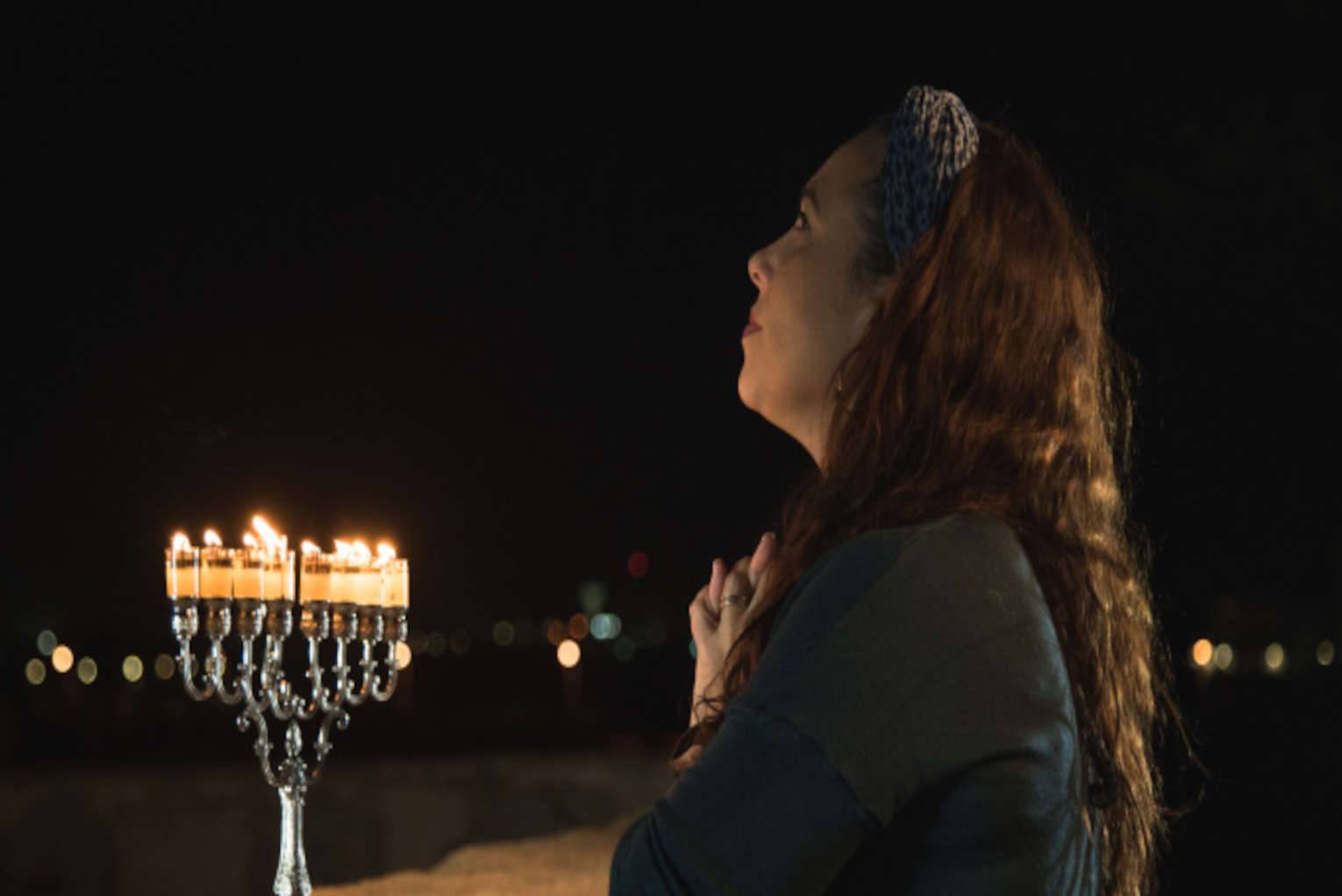









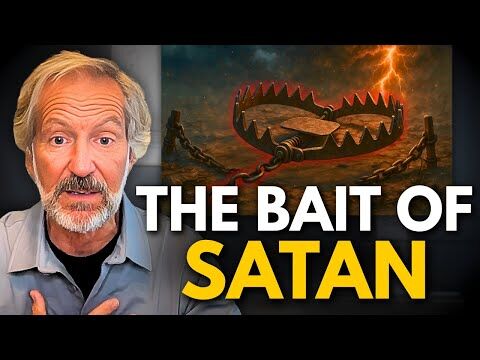
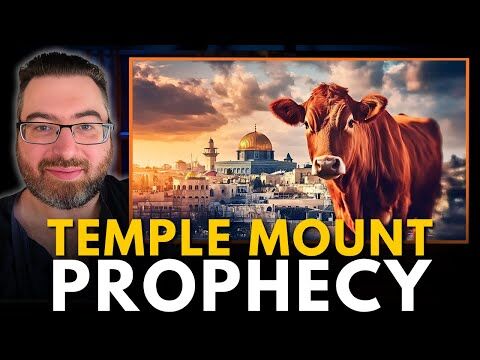

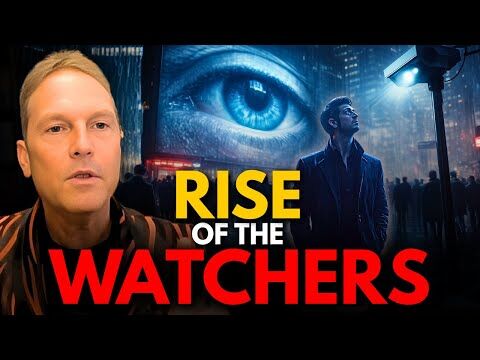
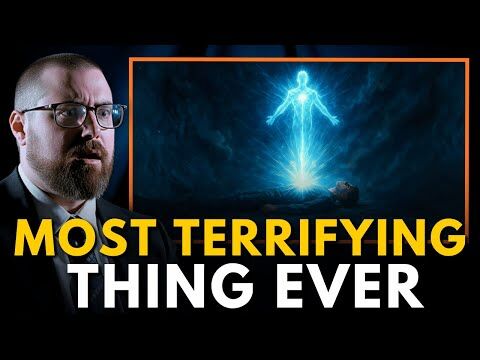
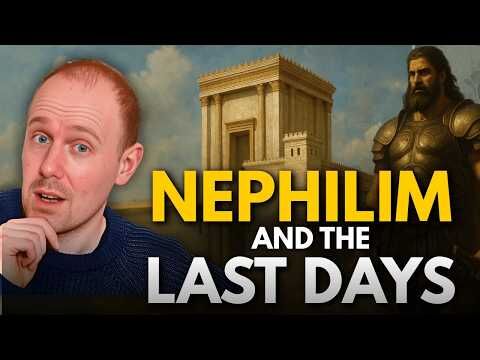

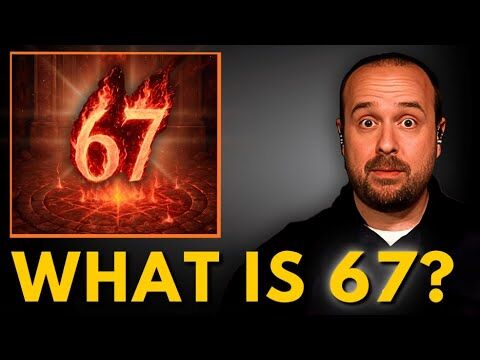
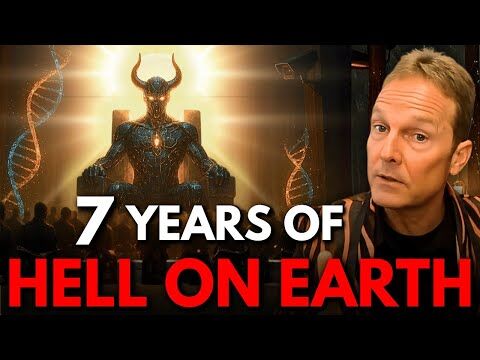



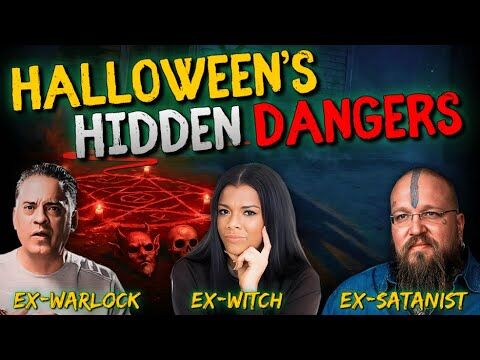




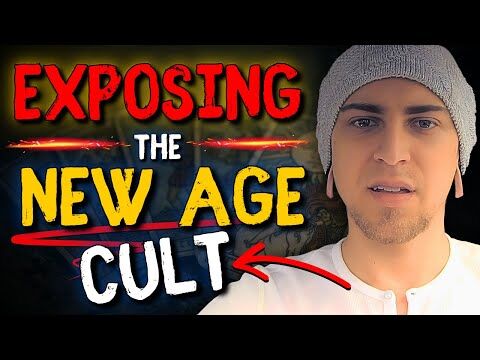








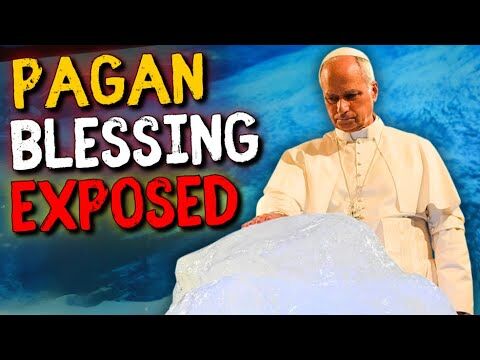



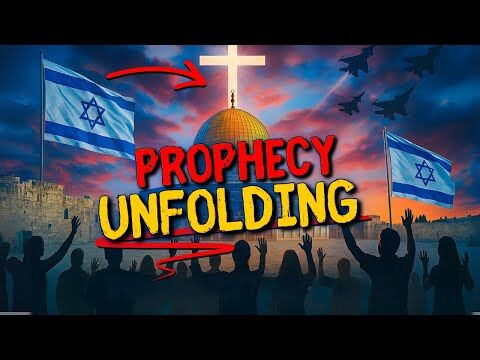
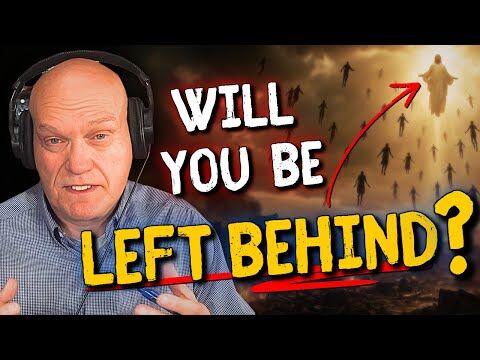


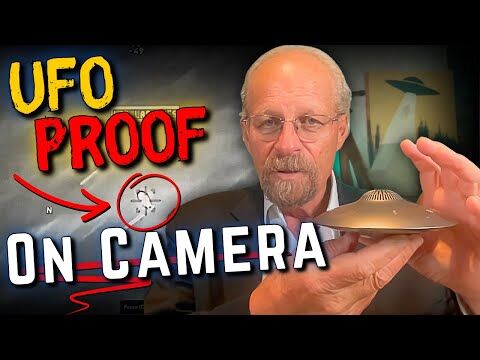
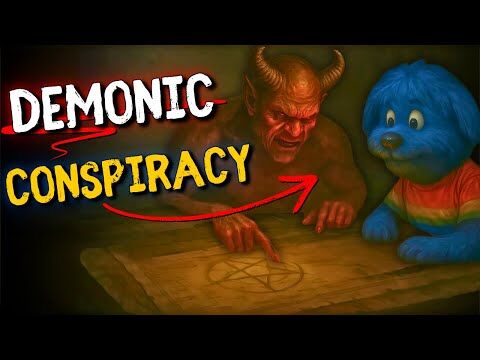

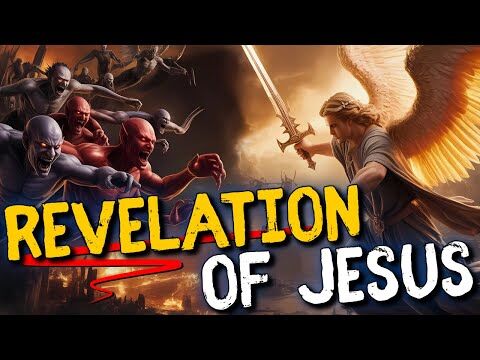












“The Soul After Death” – 2 Esdras 7:75-101 (Apocrypha Scripture) – Reference: Good News Bible GNT
Lee Strobel does not disappoint with his straight forward, no nonsense style of delivering recounts of real life experiences that support the message of the Bible.